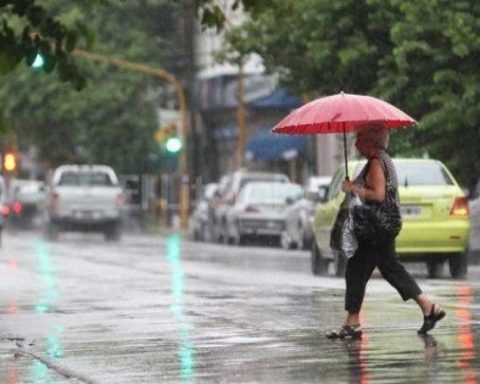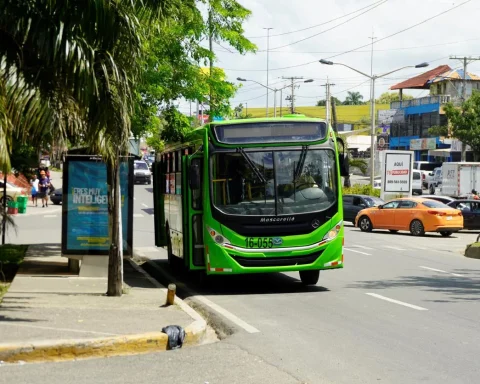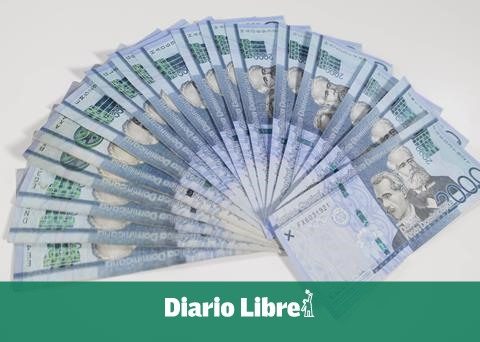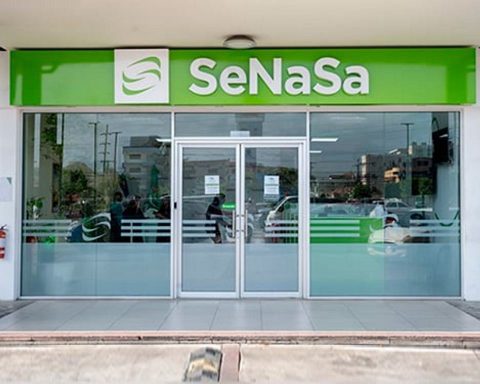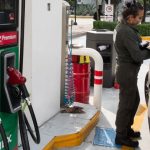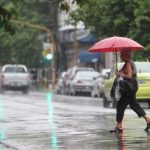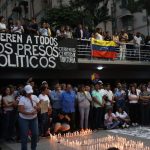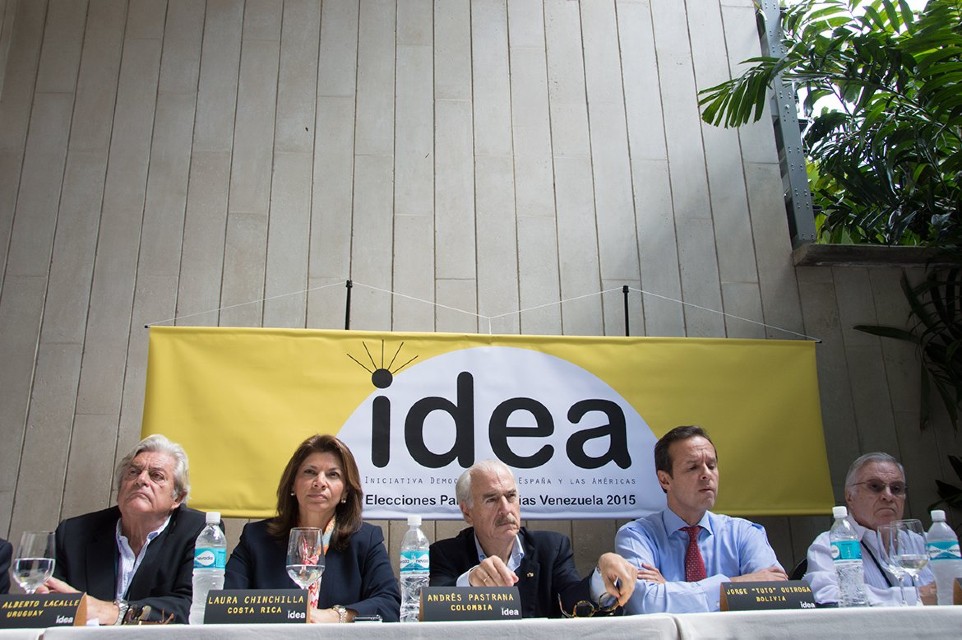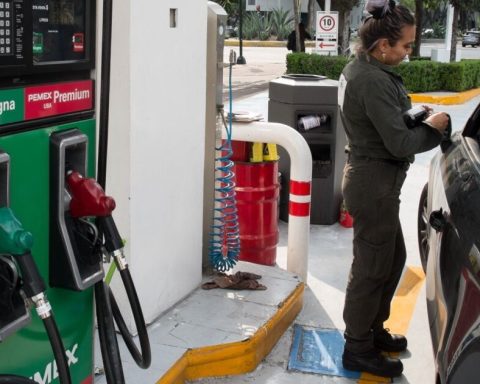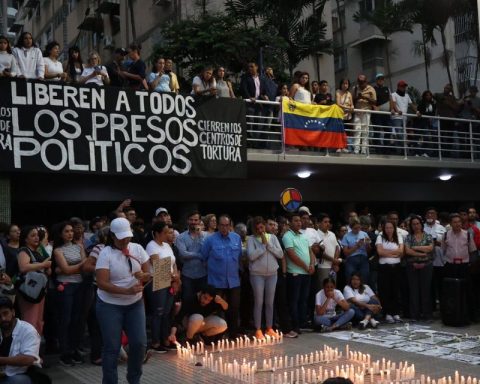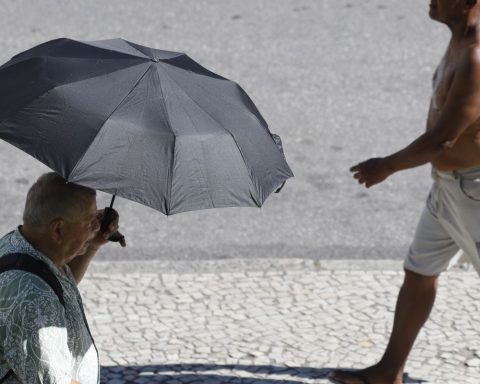Santo Domingo.-Dealing a blow to drug trafficking structures that bombard drug shipments by sea from South America requires meticulous coordination of intelligence and logistics involving around 150 people.
In an operation that begins with intelligence information, is developed around tracking and concludes with the presentation of the seized shipment, it involves agents from the National Directorate of Drug Control (DNCD), Armed Forces, National Police and representatives of the Public Prosecutor’s Office in sessions that can extend for more than 72 hours, explains the agency’s spokesman Carlos Devers.
After the anti-narcotics agency receives an international alert about the movement of a suspicious vessel, a protocol is activated that, when crossing Dominican territorial waters, the vessel’s trace is followed depending on where the alert arises, whether it is from the south or east of the island.
As the drug boat enters Dominican jurisdictional waters, maritime, air and land teams are coordinated, supported by radio frequency and geolocation equipment, in addition to a group of analysts who monitor the situation from the DNCD Command and Control Center.
In most cases, a Super Tucano aircraft from the Dominican Air Force (FARD) flies over the area and then passes the coordinates to a helicopter that will provide support to speedboats and a ship from the Dominican Navy (ARD) to try to intercept the drug traffickers.
In addition to the air units described above, the ARD has three to four speedboats that can carry six or seven people and have a capacity of 450 gallons of fuel for pursuit and tracking.
At the same time that search and tracking teams are heading out to sea to intercept the drug boats, land and sea units remain on land and in port awaiting further developments.
It is worth noting that intelligence information alerting about a possible drug trafficking operation can be given days in advance, which requires more personnel to monitor coastal areas, more working hours, equipment and logistics.
Tricks
Just as the authorities deploy all the operations described above, drug traffickers use maneuvers and tricks to try to achieve success in their operations, whose journey from South America can take more than 24 hours.
To give you an idea, drug traffickers divide their shipments into three or even four trips, while on other occasions they seek to reduce the cost of shipping by taking the entire load to the high seas and from there three or four boats, pretending to be fishermen, distribute the haul by accessing different points in the country’s coastal area, in an operation known as “half-stick.”
Drug traffickers also use simple tools such as blue tarps to camouflage themselves at sea and thus try to evade aerial tracking, in addition to receiving information on land from partners through satellite phones and GPS.
Boatmen receive between $22,000 and $25,000 for the trip, the price of which varies depending on the volume of the cargo.
Occupation
When the maritime units of the DNCD and the ARD spot the drug boats, they begin a chase that, in many cases, unfolds amidst shootouts and the throwing of the consignments into the sea, which subsequently requires the involvement of more personnel and boats to recover the drug cargo before “fishermen” in the service of drug trafficking rescue them.
The risky operation requires personnel trained in rescue and first aid in case of any unforeseen events that may occur.
This was the case recorded in the operation carried out on July 31st which concluded with the seizure of a shipment of 532 packages of cocaine and another 11 of marijuana, off the coast of the Peravia province, where the four occupants of the boat, three Dominicans and one Colombian, had to be rescued in the waters of the Caribbean Sea after the boat in which they intended to introduce said stash capsized during the chase.
After neutralizing the vessel and arresting the individuals, the authorities proceed to tow the drug boat to the nearest port in a custody operation with the support of air units.
Once at the port, the Public Prosecutor’s Office begins the protocol for counting the drug load in the presence of the detainees, the drugs are placed in evidence bags and sealed, and then the records are drawn up for transport by convoy to the DNCD headquarters.
The stash is then placed in a vault at the anti-narcotics agency until it is presented to the media at a press conference. Finally, it is sent in chain of custody to the National Institution of Forensic Sciences (INACIF), where it is analyzed to determine its type and exact weight.
It should be noted that the evidence bags are unique and contain a number to identify the case and should only be opened prior to the final destination of the substance, which is a vault at Inacif, where every Thursday it is collected by the Public Prosecutor’s Office for incineration in the presence of authorities.
Statistics
So far this year, authorities have managed to seize around 10 tons of cocaine and more than a thousand pounds of marijuana in maritime interventions alone.
The months of March and July are those that record the highest number of interceptions of boats that have attempted to introduce consignments into Dominican territory, with four for each month, respectively.
The National Drug Control Directorate stresses that international cooperation and trust in local authorities have been key to the success of anti-drug trafficking operations in recent years.
90 percent.
Of the cocaine-laden vessels intercepted this year, they all come from Colombia.
Drones
– Support
The United States has deployed drones to support surveillance in the Caribbean against drug trafficking, in addition to agents who assist in docks in the country to identify suspicious shipments.

